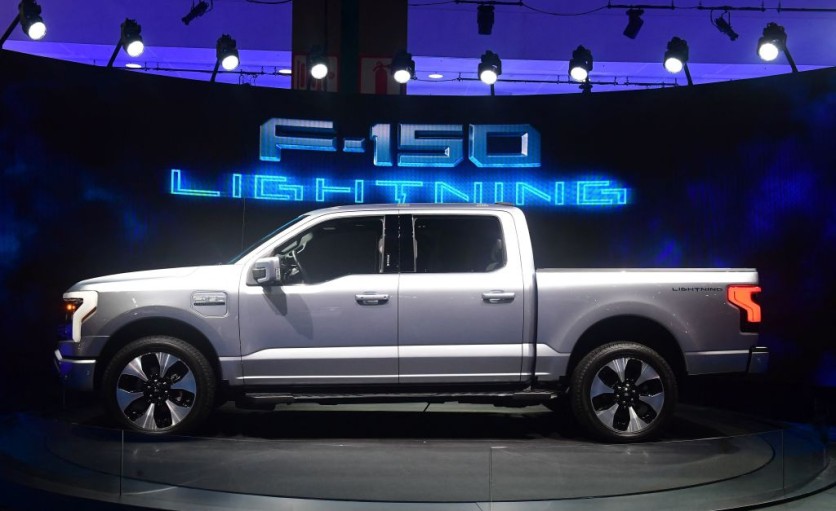In an intriguing illustration of how electric vehicles' enormous battery packs could end up supporting local power networks, some North Carolina drivers who own a Ford F-150 Lightning electric truck may receive money if they share power from the EV with the local grid.

Ford and Duke Energy's Partnership
Duke Energy serves approximately 8 million customers in North Carolina, South Carolina, Indiana, Ohio, Kentucky, and Florida. According to a report by Canary Media, Duke Energy has requested state regulators to allow a pilot program for 100,000 drivers in Florida later this year.
Duke Energy's Senior Vice President for pricing and customer solutions, Lon Huber, said that both companies share many mutual customers.
"By working together, we can reduce the price of the product for our customers as well as provide a needed benefit to the power grid," Huber said in a statement.
Drivers will receive a monthly lease payment reduction of about $25 if they agree to return some of the electricity generated by their Lightning to the grid from where it originally originated. At the same time, Duke will be paying Ford directly.
Additionally, regular peak event participants can receive bonuses, with the amount of the bonus depending on the amount of energy the customer can supply.
Read also : Ford Removes 3,000 People from their Jobs as Part of Its Restructuring for 'Clarity and Speed'
Preventing Climate Change, Lowering Energy Prices
Ford used to claim that the Lightning could provide emergencies with days' worth of electricity for a residence. Customers must buy rather expensive charging equipment, but the capacity is unquestionably worth the price.
Utility companies can deliver electricity at times of peak demand by discharging energy stored in vehicle batteries back into the grid, eliminating more expensive and polluting power sources, as per Canary Media.
This practice also aids in preventing climate change and lowering energy prices. However, to fully realize these advantages, a person must act as a link between grid operations at the system level and drivers, as well as optimize the cost-benefit ratio on both sides.
Duke Energy aims to fill in that role for customers.
Last year, when Ford revealed its electric truck, it cleverly promoted the vehicle's capacity to provide backup power to a home for days at a time, provided that consumers collaborated with home energy provider Sunrun to deploy the necessary charging infrastructure.
Ford's decision to cooperate with Sunrun, the largest rooftop solar company in the United States, showed that it was aware of how ideas for decentralized, localized energy and electric vehicles interact.
The flagship electric vehicle of Ford is already sold out in the US for 2022. Now, the automaker hopes further to increase its manufacturing and deliveries of the truck after announcing earlier this month that it has delivered F-150 Lightning orders in all 50 states, including Hawaii and Alaska.
Related Article : Ford EV Production: 600,000 Electric Cars by 2023, 2 Million Units by 2026-High Demands for EVs?
This article is owned by Tech Times
Written by Joaquin Victor Tacla
ⓒ 2025 TECHTIMES.com All rights reserved. Do not reproduce without permission.




